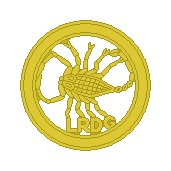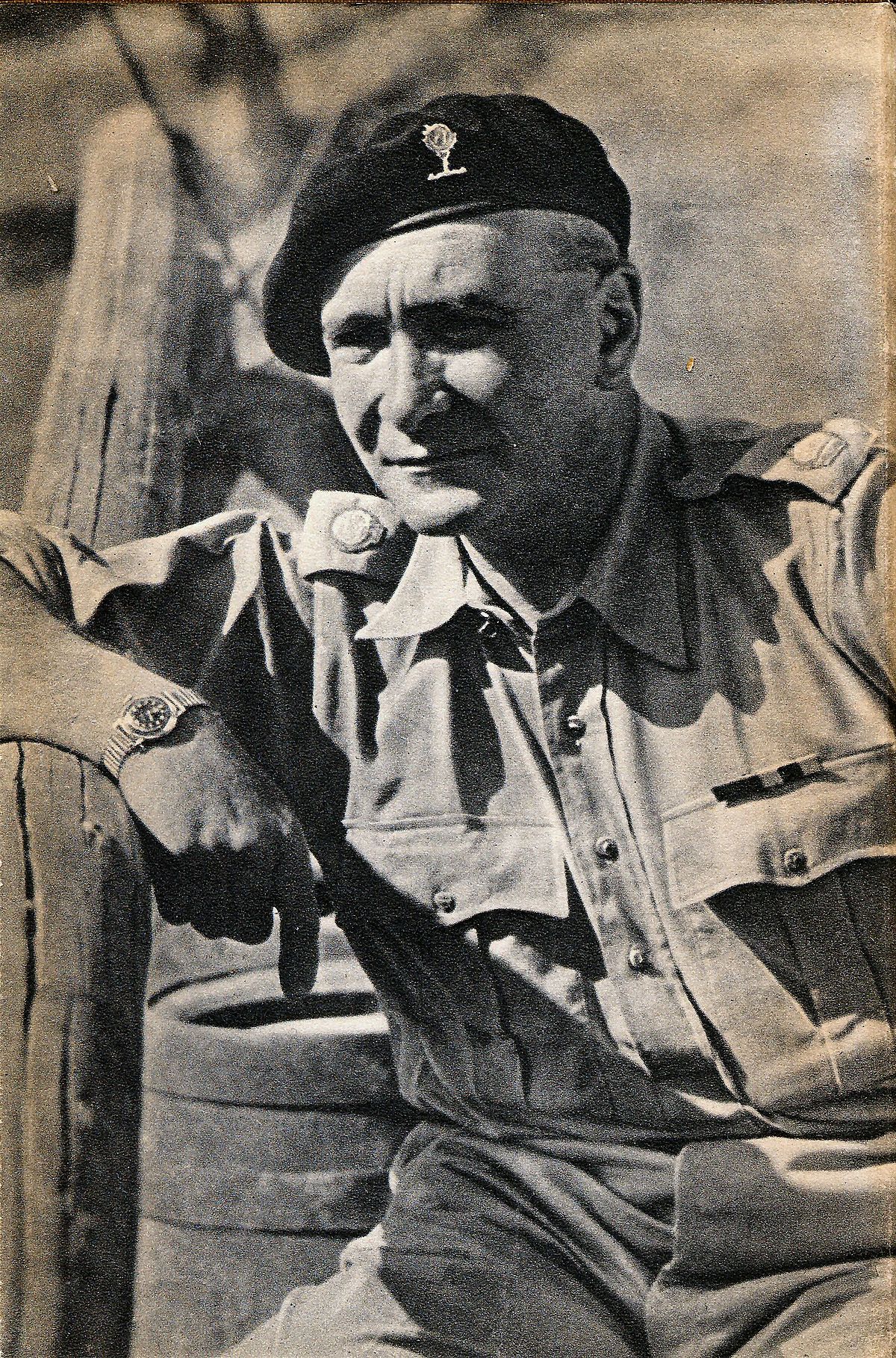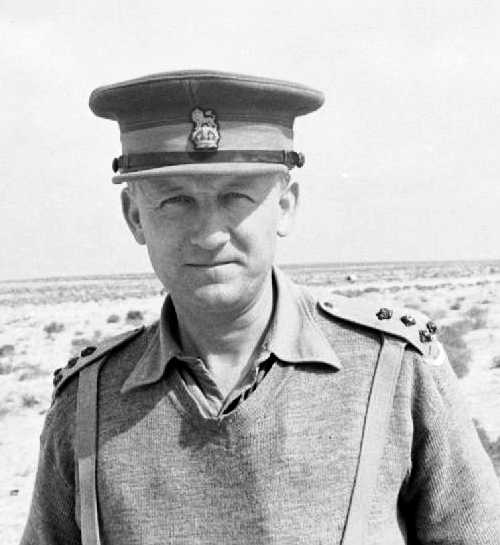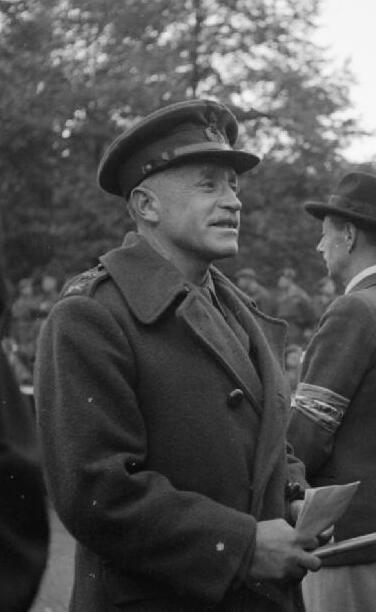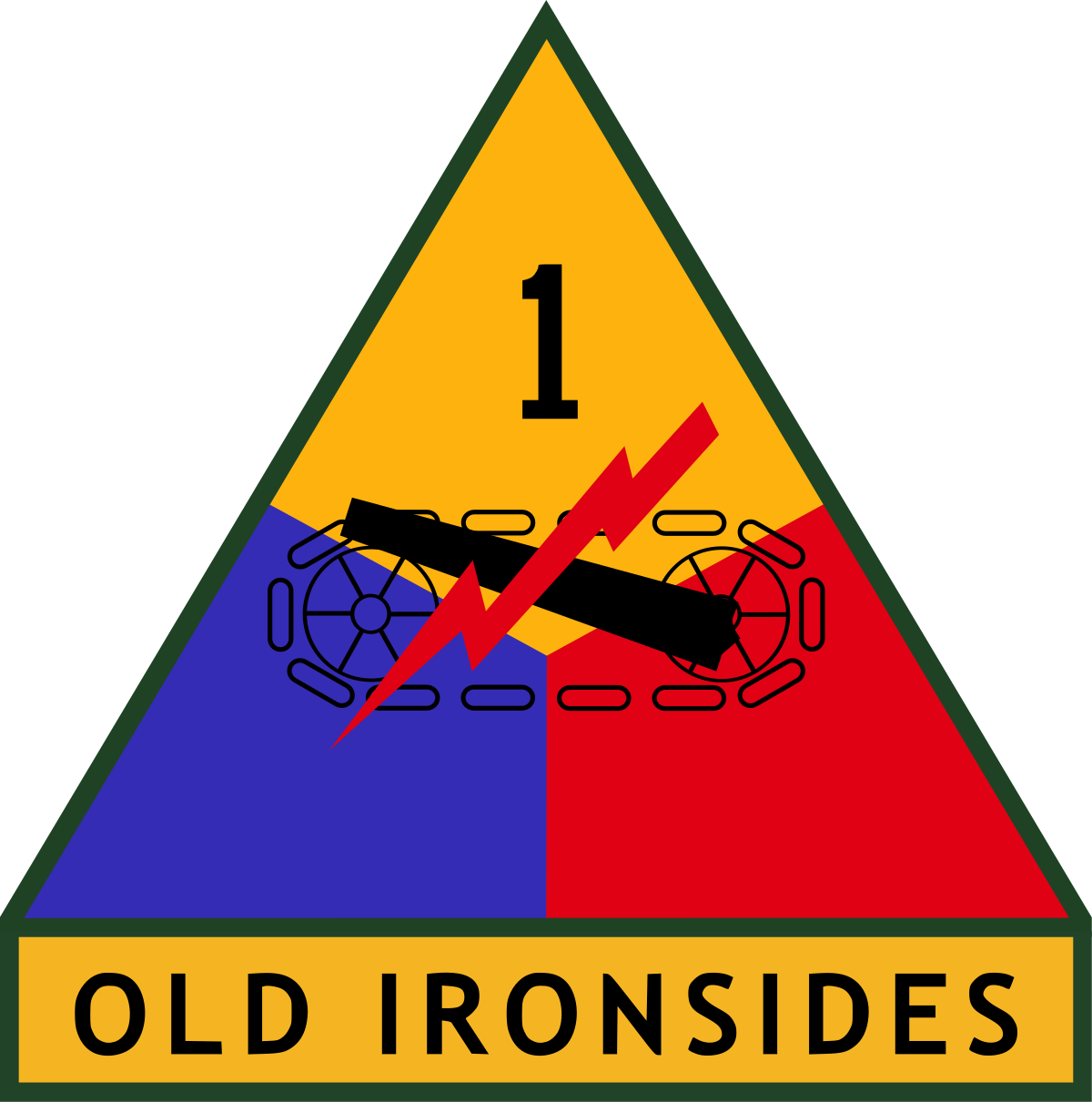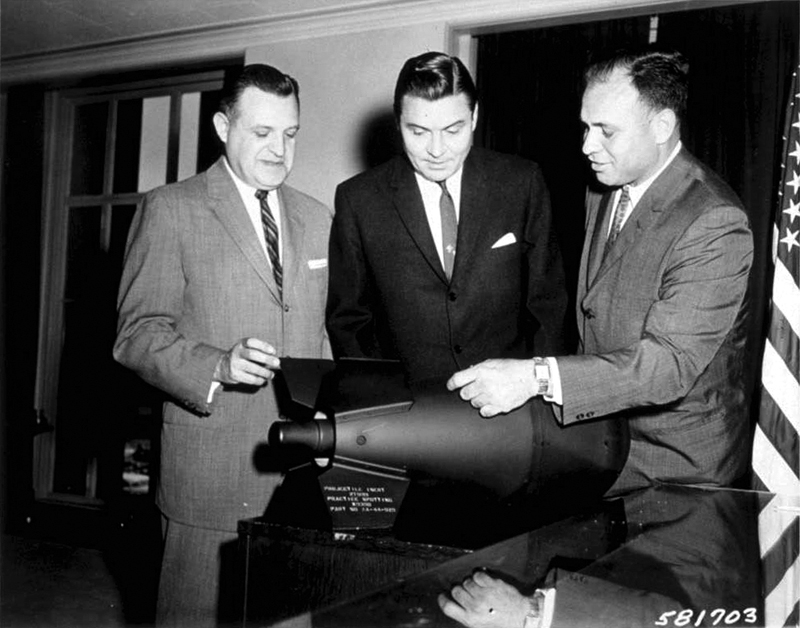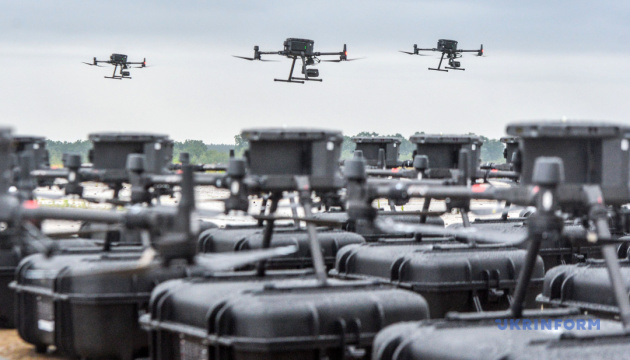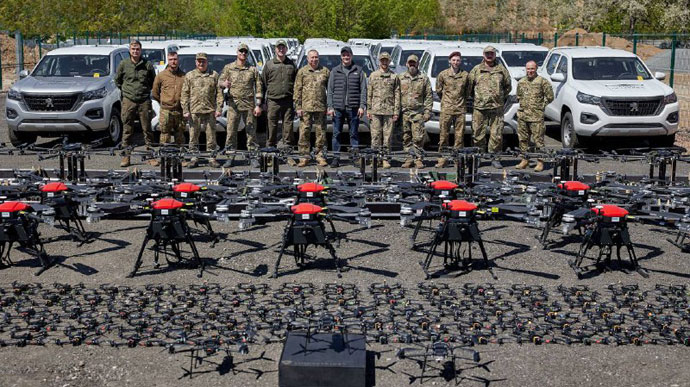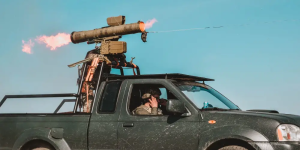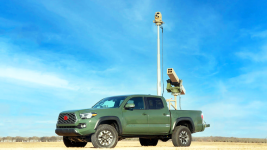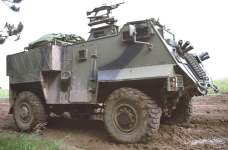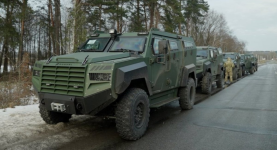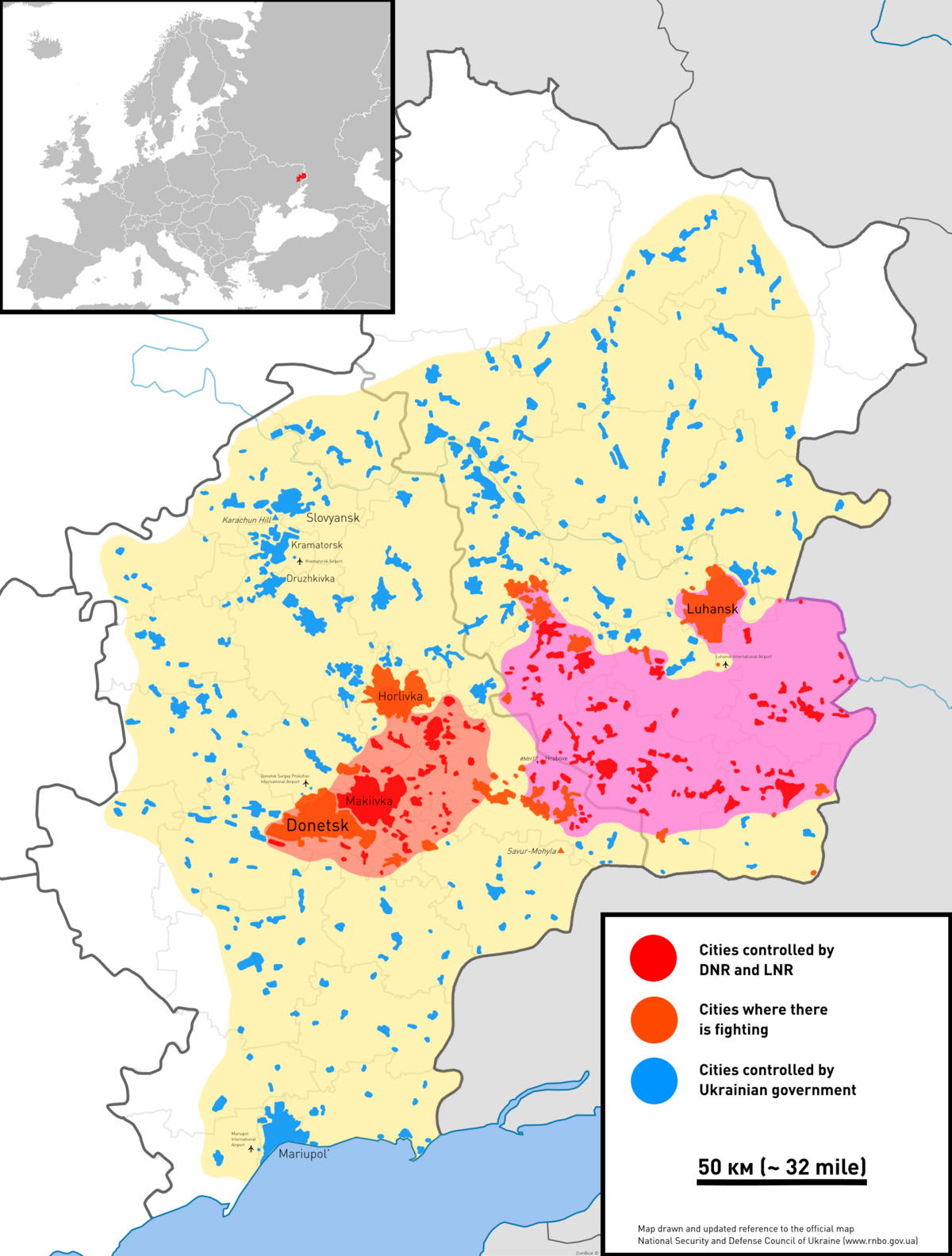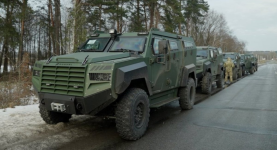- Reaction score
- 8,497
- Points
- 1,310
Part of the problem we have is the belief that there is middle ground between fast moving, lightly armoured (and protected), rapidly deployable and redeployable formations... and heavy, large effect, large echelon formations. It's like trying to build the El Camino of forces.... it looks fugly.
Having the right tool in the box is better than trying to build the unwieldy multi-tool that has no functionality.
It also helps with Operational and Strategic planning because you're not trying to shoehorn a capability into a problem set. If you're facing an Armoured Brigade, throw an Armoured Brigade at them. Same deal when facing Light infantry. Having Medium MGS or other in-between systems will either underperform against one or slow down the initiative.
I still hold a belief that the CAF needs desperately to accept that we need 3 asymmetrical CMBGs filling one Armoured Brigade role, One filling the Rapid Response Air Mobile role, and another filling an amphibious/joint role on the coasts.
Instead of doing all 3 poorly, we can build the depth and functionality to specialize to the task.
Having the right tool in the box is better than trying to build the unwieldy multi-tool that has no functionality.
It also helps with Operational and Strategic planning because you're not trying to shoehorn a capability into a problem set. If you're facing an Armoured Brigade, throw an Armoured Brigade at them. Same deal when facing Light infantry. Having Medium MGS or other in-between systems will either underperform against one or slow down the initiative.
I still hold a belief that the CAF needs desperately to accept that we need 3 asymmetrical CMBGs filling one Armoured Brigade role, One filling the Rapid Response Air Mobile role, and another filling an amphibious/joint role on the coasts.
Instead of doing all 3 poorly, we can build the depth and functionality to specialize to the task.




